The newly registered heritage profile, named “Phong Nha-Ke Bang National Park and Hin Nam No National Park”, is based on three UNESCO criteria: geology-geomorphology, ecological processes, biology and biodiversity.
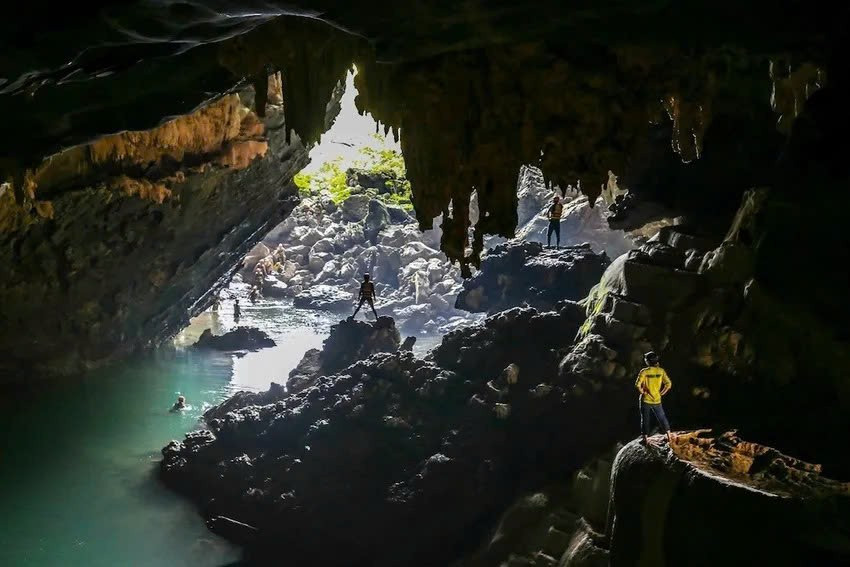
This is the result of close cooperation between the Vietnamese Ministry of Culture, Sports and Tourism and the Lao Ministry of Information, Culture and Tourism since 2018, strongly promoted after the two governments agreed to build a joint dossier in early 2023.
The dossier of Hin Nam No National Park nominated by UNESCO for recognition as an extension of the World Natural Heritage Phong Nha-Ke Bang National Park was jointly submitted by the Lao and Vietnamese Governments to UNESCO in February 2024 for approval by the World Heritage Committee at this session.
According to UNESCO, the Phong Nha-Ke Bang and Hin Nam No karst systems are one of the most ancient, large and intact tropical karst regions in Asia, formed about 400 million years ago, located at the intersection between the Annam range and the Central Indochina Limestone Belt.
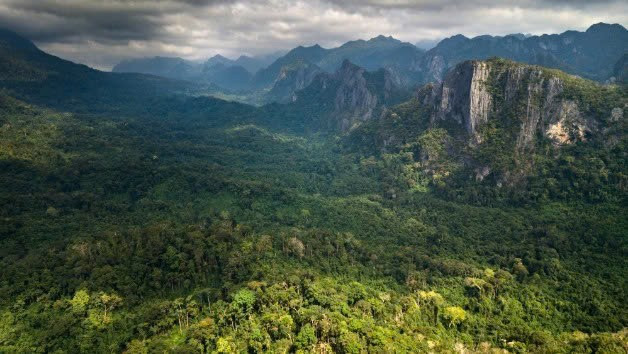
Spectacular caves such as Son Doong (Vietnam) and Xe Bang Fai (Laos) are recognized as globally valuable, of which Son Doong Cave is the largest cave in the world, measured by continuous diameter and length.
The area is also home to many endemic species such as the black langur, the southern white-cheeked gibbon, wild orchids and the giant huntsman spider - the world's largest spider by leg span, found only in Khammouane (Laos).
In terms of management, the two sides agreed to implement two separate but closely coordinated management plans.
Source: https://baogialai.com.vn/di-san-the-gioi-lien-bien-gioi-dau-tien-cua-viet-nam-goi-ten-phong-nha-ke-bang-post560370.html




![[Photo] Chairman of the National People's Congress of China Zhao Leji begins official visit to Vietnam](https://vphoto.vietnam.vn/thumb/1200x675/vietnam/resource/IMAGE/2025/8/31/fcfa5a4c54b245499a7992f9c6bf993a)
![[Photo] First Secretary and President of Cuba begins State visit to Vietnam](https://vphoto.vietnam.vn/thumb/1200x675/vietnam/resource/IMAGE/2025/8/31/f169c1546ec74be7bf8ccf6801ee0c55)

![[Infographic] Traditional relations and special friendship between Vietnam and Cuba](https://vphoto.vietnam.vn/thumb/1200x675/vietnam/resource/IMAGE/2025/8/31/c4c2b14e48554227b4305c632fc740af)
![[Photo] Prime Minister begins trip to attend SCO Summit 2025 in China](https://vphoto.vietnam.vn/thumb/1200x675/vietnam/resource/IMAGE/2025/8/31/054128fff4b94a42811f22b249388d4f)


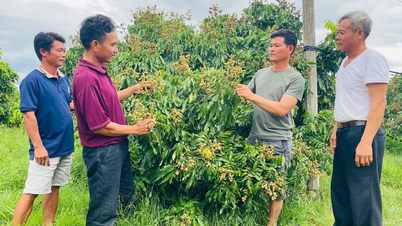









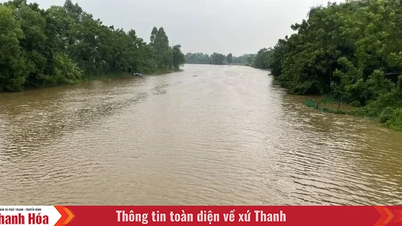


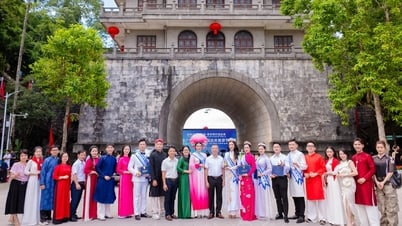








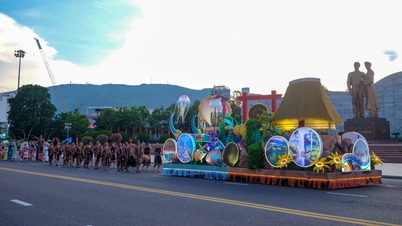




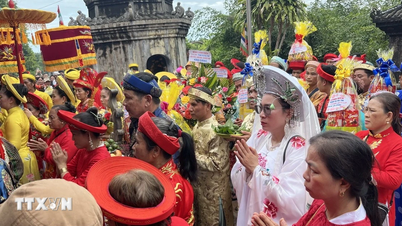

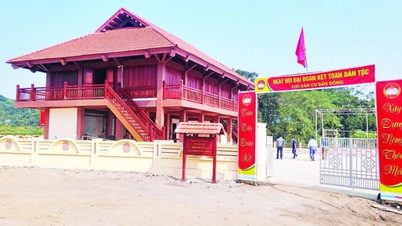

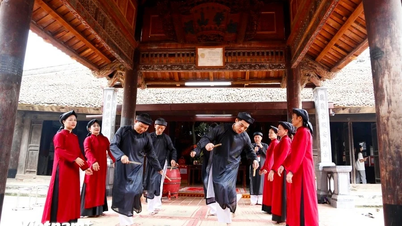
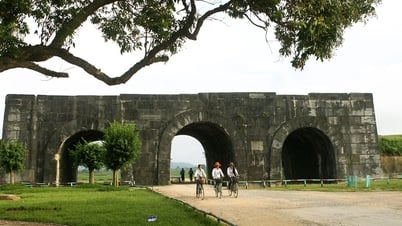

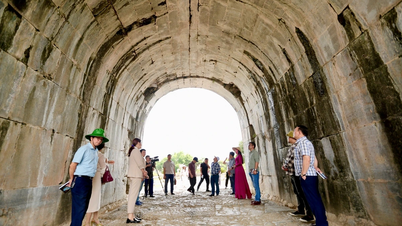




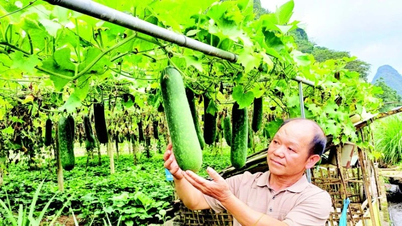




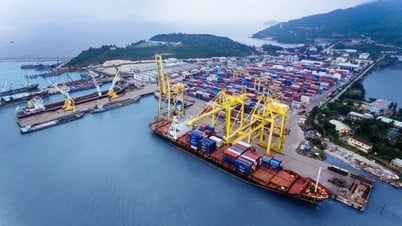






















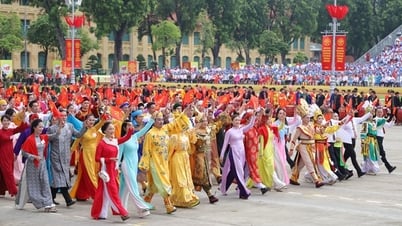


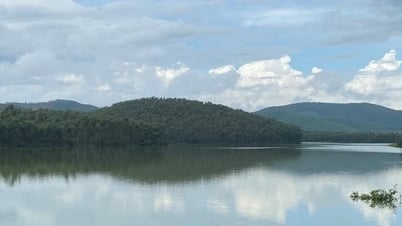







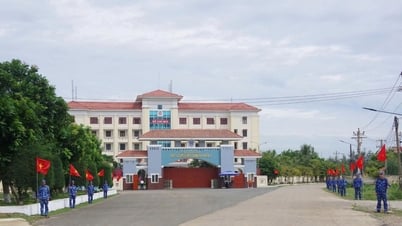


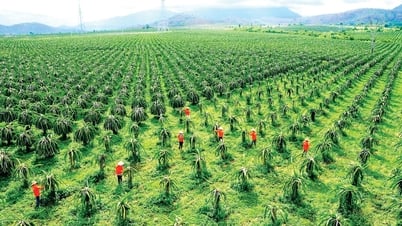







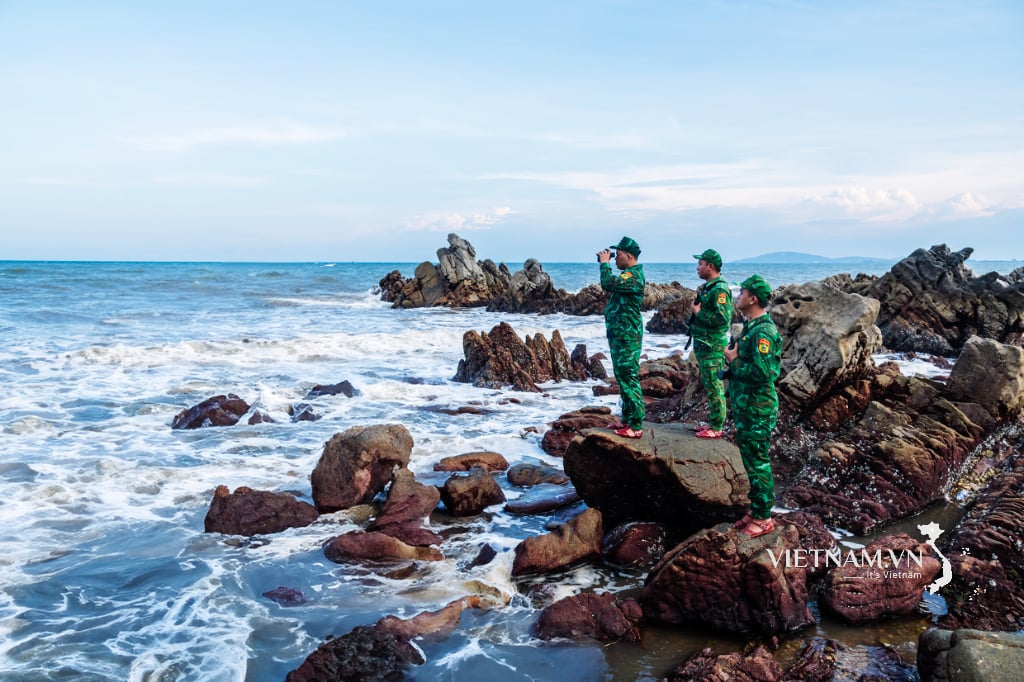

Comment (0)